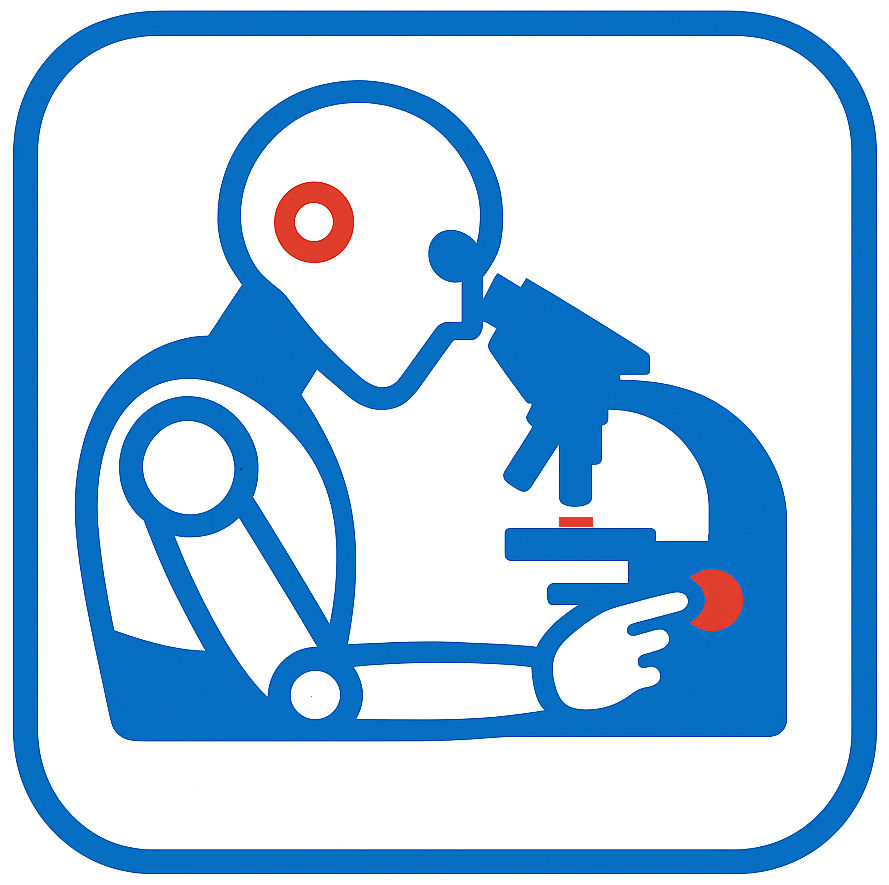
Welcome back to our monthly series: What’s Trending in AI-Assisted Health. Since October, the story has been regulation getting sharper, platforms getting broader, and hospitals getting practical.
On November 6, FDA’s Digital Health Advisory Committee examined generative AI-enabled mental-health devices, signaling a push toward clearer, “least-burdensome” pathways and lifecycle evaluation (design, updates, post-market). Catch-up resources summarize implications beyond mental health into broader device oversight. (FDA briefing, Policy analysis)
WHO/Europe and Malta are convening governments and health leaders to translate AI principles into practice—governance, evaluation, and equitable scaling for nearly a billion people in the Region. (WHO/Europe event)
Northern Ireland’s health service reported real-time benefits from fracture-detection AI (with clinicians in the loop) to help flag subtle injuries on radiographs—an example of targeted, workflow-aware deployments. (NI Department of Health)
Vendors are expanding access to multi-model, multi-vendor imaging AI via unified platforms and showcasing edge/clinical integrations at MEDICA. The direction of travel: easier procurement, simpler updates, stronger integration. (Avicenna.AI platform, MEDICA highlights)
November saw prominent op-eds arguing both sides—warnings about over-reliance on algorithms versus calls not to abandon tools that can expand access and quality when clinicians lead. The consensus middle ground remains: strong governance, human oversight, and transparency. (Critical view, Counterpoint)
Bottom line: Governance is crystallizing while deployments grow more targeted and integrated. Expect 2026 to bring more hospital-grade platforms, explicit post-market monitoring, and clearer lines for genAI in clinical workflows.
⬐ Get Instant Lab Report Interpretation ⬎